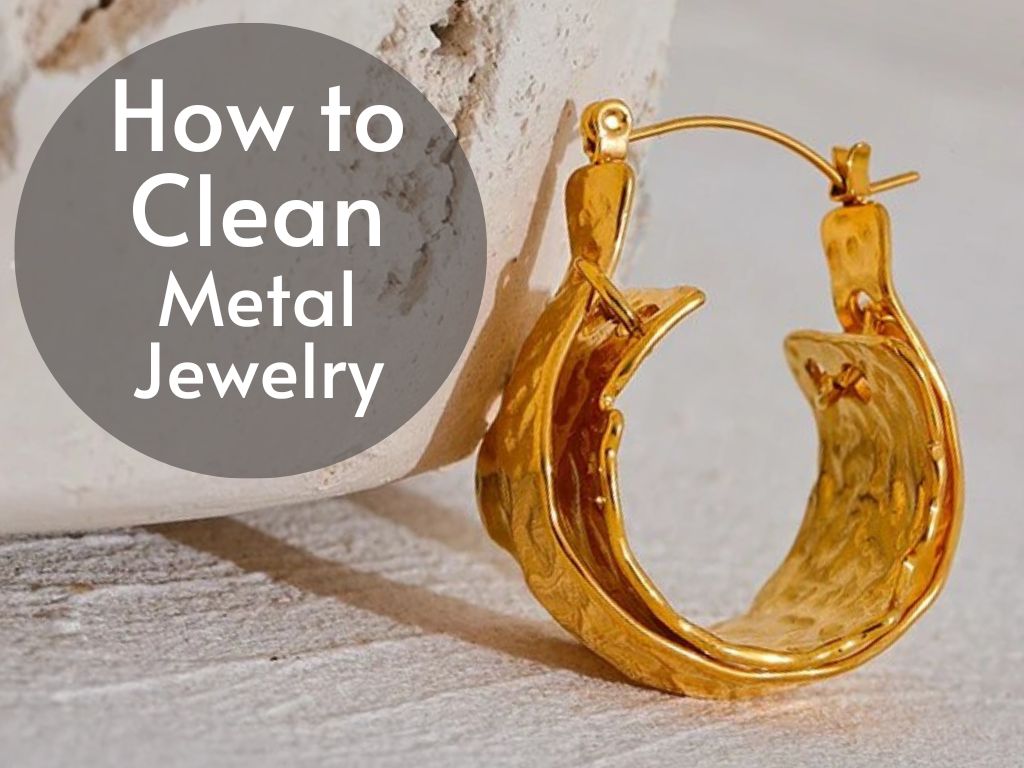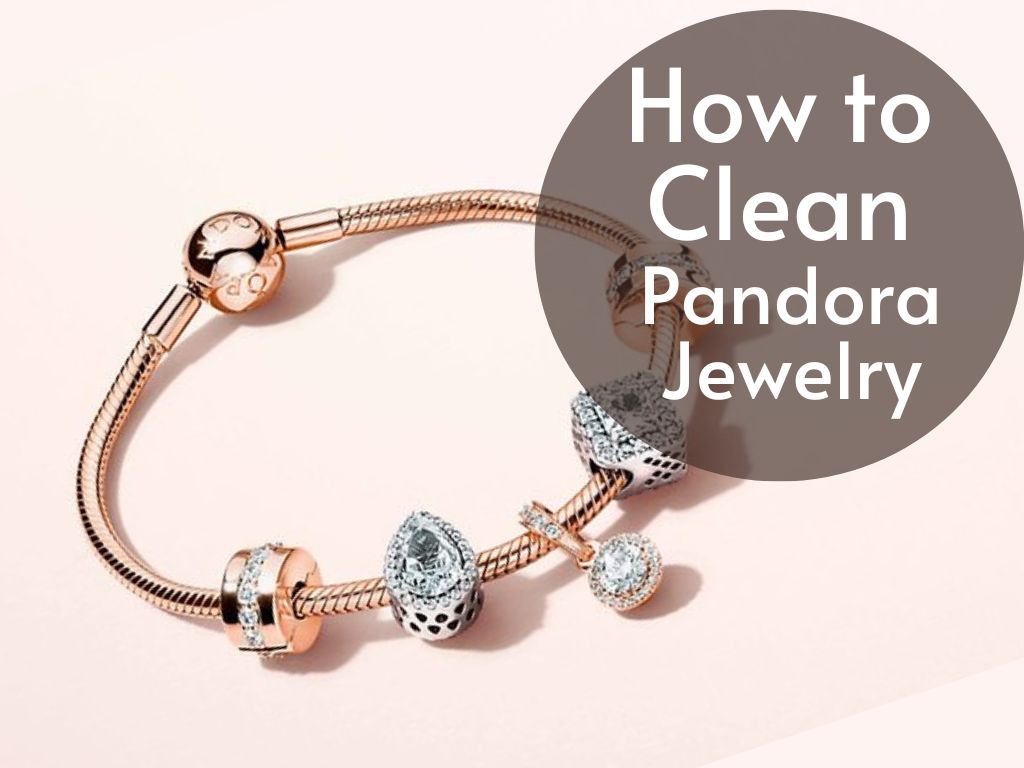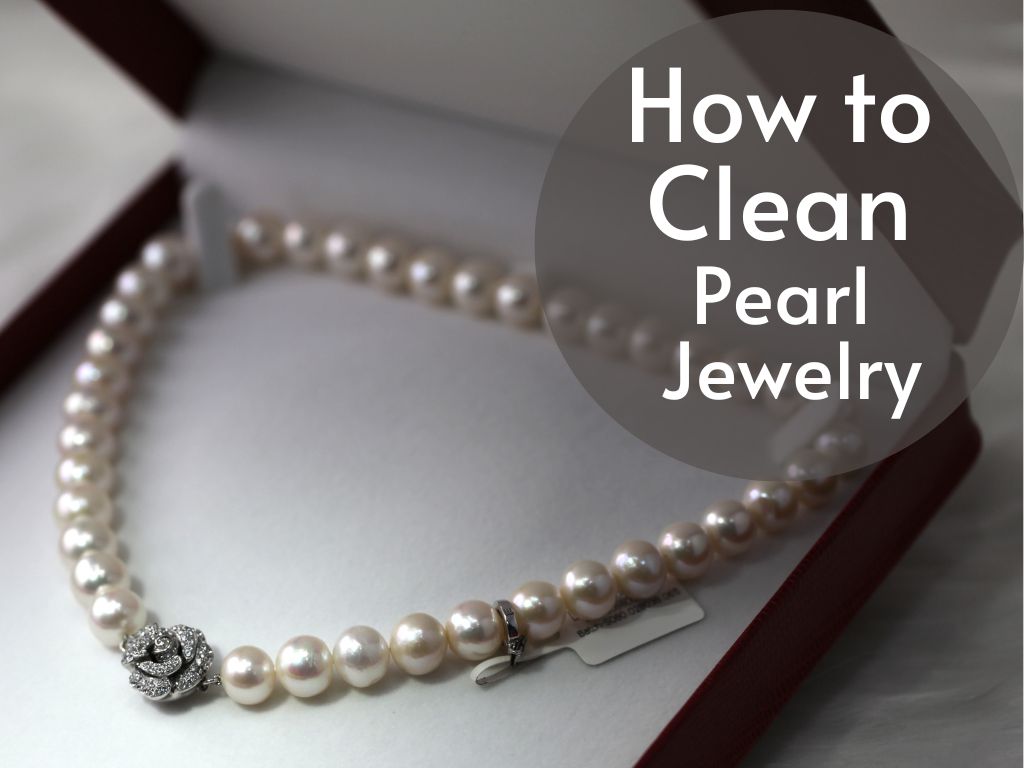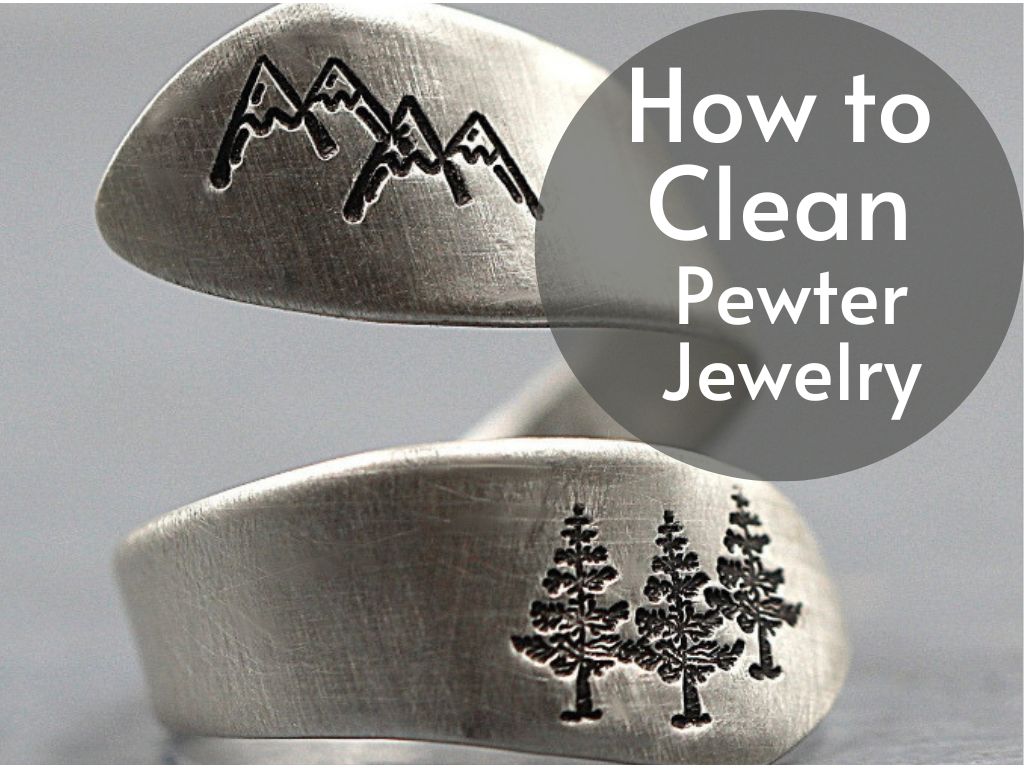The Allure of Vintage Jewelry
There is an undeniable allure to vintage jewelry that captivates both collectors and fashion enthusiasts alike. Each piece tells a story, carrying with it a sense of history and nostalgia. Vintage jewelry possesses a unique charm that cannot be replicated by modern designs, making it highly sought after in today’s fast-paced consumer culture.
One of the primary reasons vintage jewelry holds such appeal is its exquisite craftsmanship. In bygone eras, artisans meticulously handcrafted each piece, paying attention to even the finest details.
The artistry and attention to detail found in these pieces often surpasses what can be found in mass-produced contemporary jewelry. Furthermore, vintage jewelry allows individuals to embrace their individuality and stand out from the crowd.
With a growing homogeneity in modern fashion trends, adorning oneself with a stunning vintage brooch or an elegant Art Deco necklace sets one apart as a true connoisseur of style and beauty. Moreover, vintage jewelry serves as an investment that transcends monetary value.
Unlike contemporary pieces that may lose their allure over time or succumb to changing trends, carefully chosen vintage pieces tend to appreciate in value as they age gracefully. Each piece becomes not just an accessory but also a tangible connection to history and culture.
The Importance of Proper Cleaning
Preserving the inherent beauty and value of vintage jewelry requires meticulous care—specifically when it comes to cleaning these cherished items. Proper cleaning techniques play a crucial role in maintaining their intricate design elements, gemstone brilliance, and overall condition. Avoiding the use of harsh chemicals or abrasive cleaning methods is paramount when handling delicate vintage pieces.
These treasures are often made from precious metals like gold or silver which can easily tarnish or become damaged if exposed to harsh substances. Gentle cleaning methods prioritize preserving the original patina and character of these timeless creations.
Furthermore, regular cleaning not only enhances the aesthetic appeal of vintage jewelry but also prolongs its lifespan. Dust, dirt, and natural oils can accumulate over time, causing a dull appearance or even compromising the integrity of gem settings.
By diligently cleaning vintage jewelry, one can ensure that it remains dazzling for generations to come. Last but not least, proper cleaning is crucial for maintaining the value of vintage pieces.
Collectors and enthusiasts understand that the condition of a piece greatly influences its worth. A well-maintained vintage item with its original luster and charm intact will always command a higher price in the market compared to a neglected piece showing signs of wear or damage.
General Cleaning Guidelines
The Art of Gentle Cleaning
Vintage jewelry holds within its intricate design a delicate beauty that must be handled with the utmost care. When it comes to cleaning such precious pieces, adopting gentle methods becomes paramount. Vigorous scrubbing or harsh chemicals can cause irreparable damage, leading to the loss of patina, luster, or even structural integrity.
To maintain the timeless allure of vintage jewelry, it is essential to approach cleaning with a soft touch and a keen understanding of each piece’s unique fragility. One key principle is to avoid any abrasive materials that may scratch or erode the surface of your vintage jewelry.
Instead, opt for soft brushes made from natural fibers like horsehair or bristle brushes specifically designed for jewelry cleaning. These delicate tools allow you to gently dislodge dirt and debris without harming the intricate details or fragile elements of your cherished pieces.
The Right Tools for Different Treasures
Diving into the realm of vintage jewelry cleaning requires an understanding of how different materials react to various cleaning agents and tools. Each piece has its own story and composition – from gleaming gold filigree necklaces to delicate silver brooches adorned with gemstones.
As such, it is crucial to select appropriate tools and materials tailored to their specific needs. When dealing with precious metals such as gold, silver, or platinum in your vintage pieces, mild soapy water works wonders in gently removing dirt and tarnish accumulated over time.
A small dish filled with warm water mixed with a mild liquid soap will suffice; remember to avoid using harsh chemicals as they can corrode these metals. For more stubborn stains or tarnish on gold items, specialized gold cleaners can be used sparingly following their instructions carefully.
Gemstone-encrusted treasures demand special attention during the cleaning process due to their varying hardness levels and sensitivity towards certain substances. Opt for a gentle cleaning method using a soft brush or cloth with mild soapy water to rid your gemstones of dirt and grime.
However, bear in mind that porous gemstones, such as opals or turquoise, require alternative cleaning methods to safeguard their unique properties. By approaching the cleaning process with gentleness and understanding the materials involved, you can preserve the splendor of your vintage jewelry for generations to come.
Remember that each piece has its own individuality, and requires specific tools and techniques to ensure its optimal care. Armed with this knowledge, you are ready to embark on a journey of restoring brilliance and reviving the inherent charm of vintage jewelry.
Preparing for Cleaning
Examining Each Piece Before Cleaning
Before embarking on the cleaning process, it is crucial to carefully examine each piece of vintage jewelry. This step allows you to identify any existing damage or loose stones that may require professional attention or specialized cleaning techniques.
Take a moment to inspect the piece under good lighting conditions, preferably using a magnifying glass for a closer look. Look for any signs of wear and tear, such as missing stones, loose prongs, or broken clasps.
It’s essential to address these issues before cleaning to avoid further damage. If you notice any structural problems with the jewelry, it’s best to consult with a professional jeweler who specializes in vintage pieces.
They have the expertise and tools necessary to repair and restore your jewelry properly. Trying to clean damaged pieces on your own can lead to unintended consequences like worsening the damage or losing precious gemstones.
Creating a Suitable Workspace
To ensure the best outcome when cleaning vintage jewelry, it’s important to set up an appropriate workspace. Find an area with good lighting, preferably near a window where natural light can illuminate your work surface effectively. Adequate lighting will allow you to see details clearly while assessing and cleaning each piece.
Protecting your workspace is equally important as it prevents scratches or loss of small parts during the cleaning process. Lay down a soft cloth or velvet pad on which you can place your jewelry while working on it.
The soft surface will help prevent potential scratches caused by contact with hard surfaces like tables. Furthermore, consider using a tray or container with compartments specifically designed for holding small components like tiny gemstones, clasps, or earring backs as you clean them separately from their main pieces.
This prevents accidental loss of these small but valuable parts during the cleaning process. By creating an organized and well-equipped workspace that prioritizes gentle handling and adequate lighting, you’ll be able to clean vintage jewelry effectively while minimizing the risk of unintended damage or loss.
Precious Metals (Gold, Silver, Platinum)
Detail the use of mild soapy water and soft brushes to remove dirt and tarnish gently
When it comes to cleaning vintage jewelry made of precious metals like gold, silver, or platinum, a gentle approach is crucial to avoid any damage. Begin by filling a small bowl with lukewarm water and adding a few drops of mild dish soap.
Stir the mixture until it forms suds. Then, immerse the jewelry piece into the soapy water and let it soak for about 10-15 minutes.
This will help loosen any dirt or debris that may have accumulated over time. After soaking, take a soft-bristled brush (such as a toothbrush) and gently scrub the jewelry using circular motions.
Pay close attention to areas where tarnish or dirt might be more stubborn, such as intricate designs or tiny crevices. Remember not to apply too much pressure while scrubbing to avoid scratching the metal’s surface. Discuss specialized silver polishes or gold cleaners for more stubborn stains or tarnish
In some cases, precious metal jewelry may have stubborn stains or heavy tarnish that cannot be removed by simple soap and water alone. For such situations, specialized silver polishes or gold cleaners can come in handy. Before applying any polishing agents onto your piece of vintage jewelry, read the product instructions carefully to ensure compatibility with your specific metal type.
Silver polishing creams are formulated to tackle tarnish effectively without scratching the surface. Apply a small amount onto a soft cloth and gently rub it onto the stained areas following the grain of the metal.
Rinse thoroughly with water afterward. Similarly, gold-specific cleaners are available in various formulations such as gels or liquid solutions.
These products are specifically designed to remove dirt and restore luster without causing harm. Apply as directed by carefully following instructions, making sure to rinse the jewelry thoroughly and dry it completely after cleaning.
Gemstones (Diamonds, Rubies, Sapphires, etc.)
Explain how to clean gemstones with mild soapy water using a soft brush or cloth
Cleaning gemstone jewelry requires a delicate touch to ensure the stones are not damaged. Begin by preparing a mild soapy water solution using lukewarm water and a gentle dish soap.
Avoid harsh detergents or chemicals that could potentially harm gemstones. Dip a soft brush or cloth into the soapy water and gently scrub the gemstone surface.
Pay attention to any dirt or residue that might have accumulated around prongs or settings. Use gentle circular motions to loosen any debris without applying excess pressure. Mention cautionary notes regarding porous gemstones that may require alternative cleaning methods
While most gemstones can be cleaned safely with mild soapy water, there are some exceptions, particularly porous stones like opals, pearls, or turquoise. These stones can absorb liquids and are highly sensitive to changes in temperature and humidity. For pearls and beads made from organic materials like mother-of-pearl or coral, it’s best to avoid any contact with liquid altogether.
Instead, wipe them gently with a damp cloth dipped in mild soapy water. Take care not to soak these delicate pieces as it can weaken the stringing material or cause discoloration.
Porous gemstones should also never be exposed to harsh chemicals or ultrasonic cleaners as they may cause irreversible damage. When in doubt about cleaning methods for specific gemstones, consult with a professional jeweler who can offer expert advice tailored to your piece’s unique needs.
Remember that maintenance plays a significant role in preserving vintage jewelry’s beauty and value over time. By following these cleaning techniques for different materials — precious metals like gold and silver as well as gemstones and pearls — you can ensure your vintage jewelry remains radiant and captivating for generations to come.
Special Considerations
Enamel Jewelry
Enamel jewelry is known for its vibrant colors and intricate designs, but it requires special care due to its delicate nature. Enamel is essentially powdered glass that has been fused to metal, making it susceptible to damage from harsh chemicals or rough handling.
When cleaning enamel jewelry, it’s crucial to avoid chemicals such as bleach, ammonia, or any abrasive cleaners that can cause chipping or discoloration. To safely clean enamel jewelry, a gentle approach is necessary.
Start by preparing a mild soap solution using warm water and a gentle dishwashing liquid. Dip a soft-bristled toothbrush into the soapy water and gently scrub the enamel surface in circular motions.
Pay close attention to any crevices or hard-to-reach areas but exercise caution not to apply excessive pressure. Rinse the piece thoroughly with lukewarm water and pat dry using a soft cloth.
It’s important to note that if you notice any loose or damaged enamel during cleaning, it’s best to seek professional restoration rather than attempting repairs yourself. Enamel can be quite fragile, and attempting DIY fixes may lead to irreversible damage.
Recommendations for Cleaning Enamel Jewelry
When cleaning enamel jewelry:
- Use mild soap solutions specifically formulated for delicate materials. – Avoid harsh chemicals like bleach or ammonia.
- Opt for soft-bristled toothbrushes or brushes designed specifically for cleaning jewelry. – Gently scrub the surface in circular motions without applying excessive pressure.
- Rinse thoroughly with lukewarm water and pat dry with a soft cloth. – Seek professional help for any loose or damaged enamel.
Conclusion
Vintage jewelry possesses timeless beauty and sentimental value; properly caring for these pieces ensures their longevity and preserves their charm. By following the general guidelines mentioned earlier in this article and considering the specific requirements of different materials like precious metals, gemstones, pearls, beads, and enamel jewelry, you can clean your vintage jewelry with confidence.
Remember to approach cleaning vintage jewelry with patience and care. Take the time to examine each piece closely before cleaning and use appropriate techniques and materials to avoid potential damage.
If you are unsure about a particular piece or if it requires specialized restoration, consider consulting a professional jeweler who specializes in vintage pieces. Cleaning your vintage jewelry not only restores its radiant appearance but also allows you to appreciate its craftsmanship and history.
By investing time and effort into preserving these treasures, you can continue to enjoy their beauty for years to come. So go ahead and embark on the journey of rejuvenating your vintage jewelry collection – it’s a rewarding experience that reconnects us with the past while enhancing our present.





